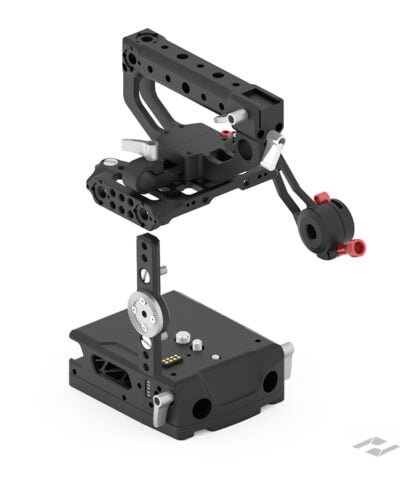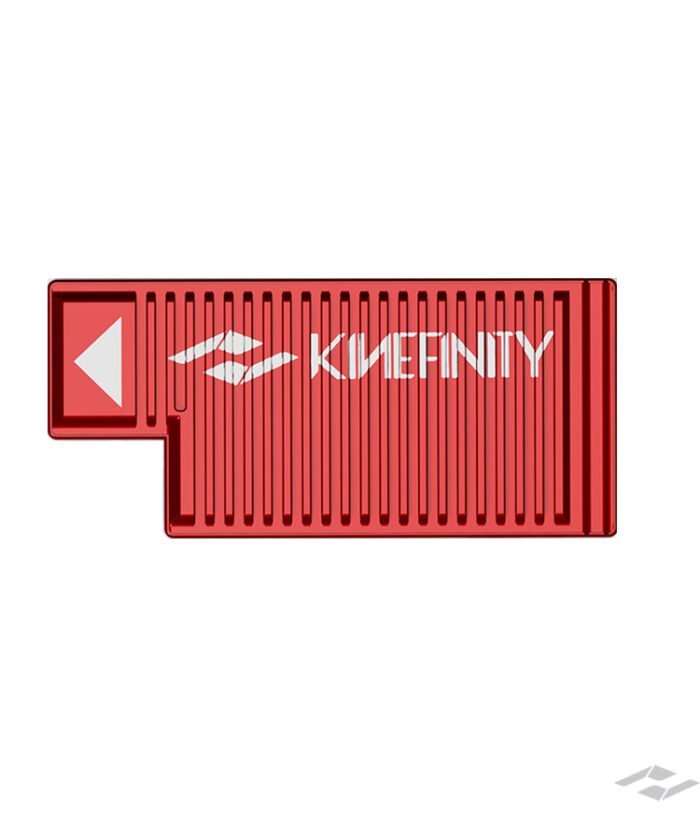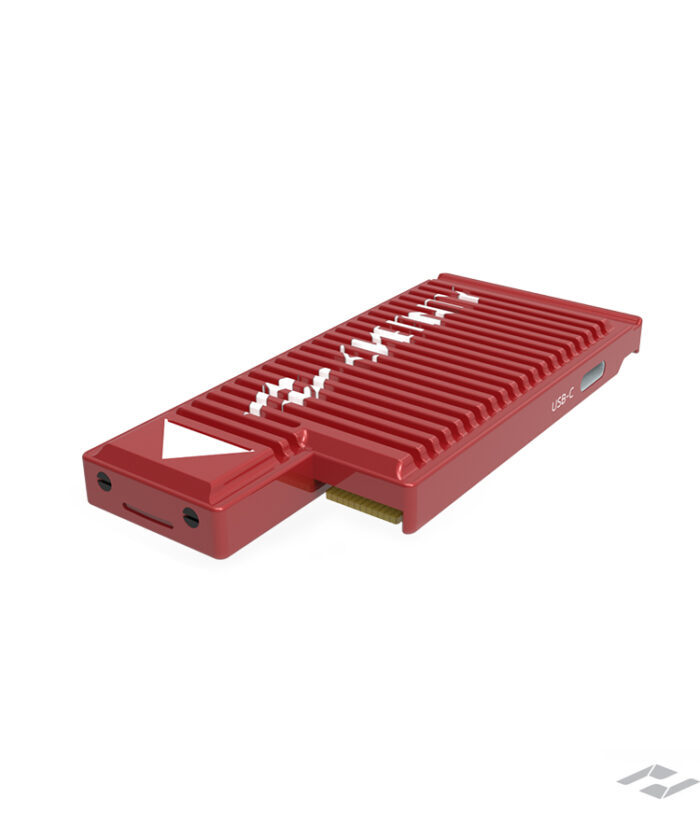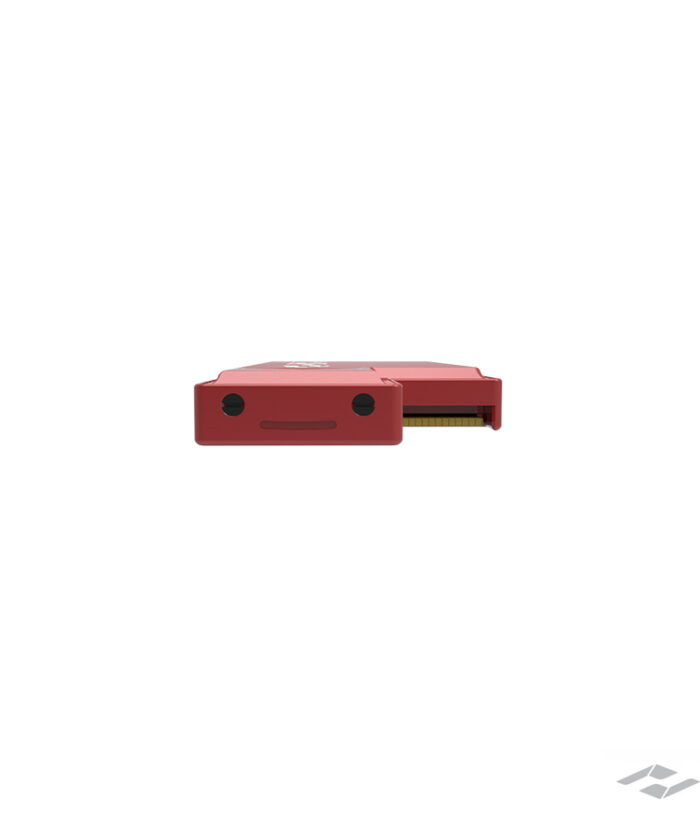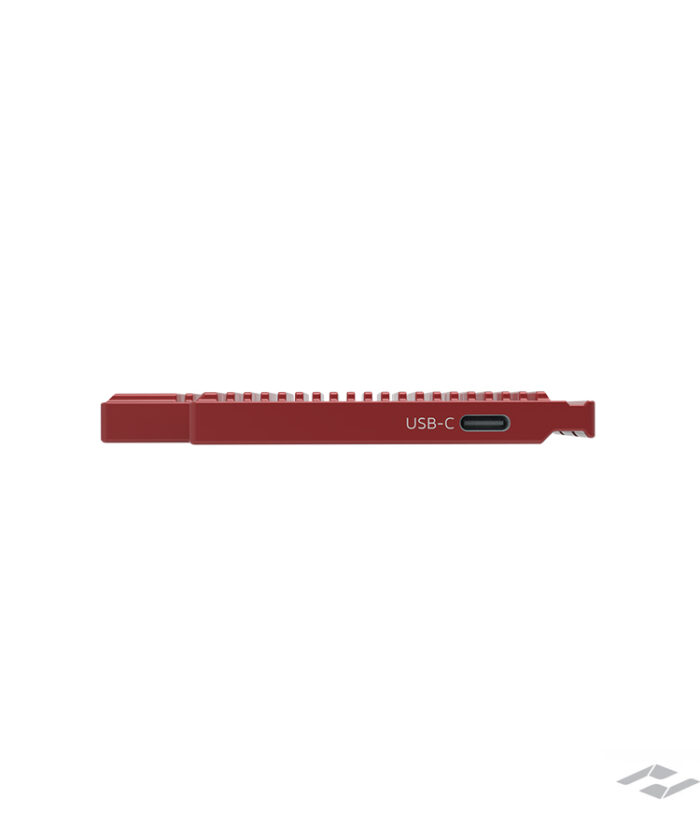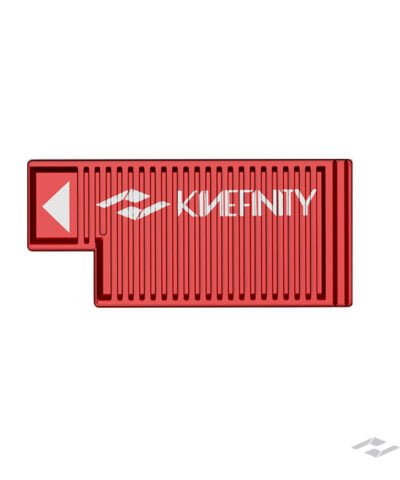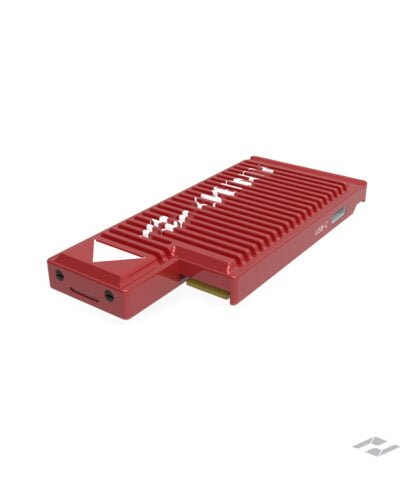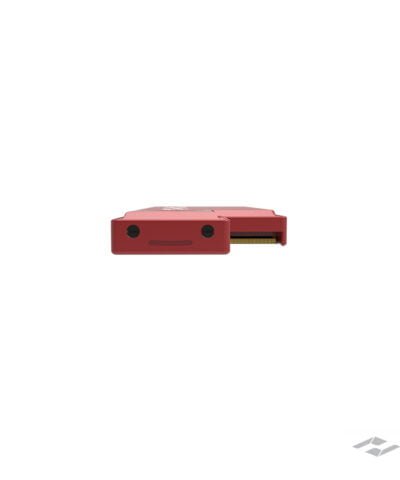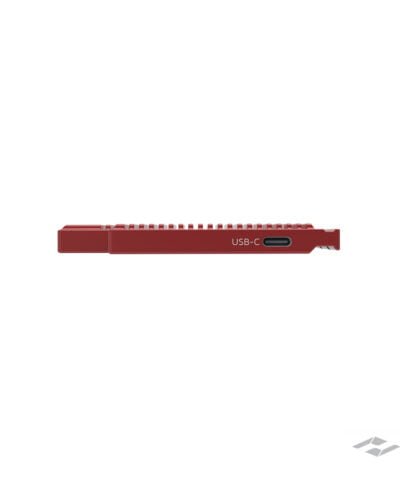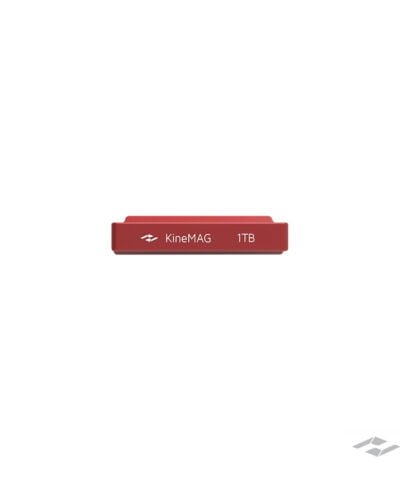No products in the cart.
KineMAG Nano 1TB
$999.00
Fit MAVO Edge 8K/6K
As the new generation KineMAG SSD, KineMAG Nano 1TB is exclusively designed for MAVO Edge 8K and MAVO Edge 6K cameras. The KineMAG Nano 1TB is composed of Nano Body and an NVMe-based M.2 2280 SSD. The transfer speed is up to 10Gbps.
The body of the KineMAG Nano 1TB not only has a robust camera port but also a universal USB-C port allowing you to offload data to the workstation at a speed of up to 10Gbps without the need for a dedicated SSD reader.
KineMAG Nano 1TB has a built-in NVMe M.2 1TB SSD that is specially optimized, which gives the KineMAG Nano 1TB two superior safety features: Read-only and RAID 5. It improves the safeness and robustness of the KineMAG Nano while copying the SSD or writing to the SSD at blazing fast speed in the camera.
Product Description
The new generation KineMAG SSD, KineMAG Nano 1TB is exclusively designed for MAVO Edge 8K、MAVO Edge 6K、MAVO mark2. The KineMAG Nano is composed of KineMAG Nano Body and an M.2¹ 2280 SSD using NVMe² protocol, with a transfer speed up to 10Gbps, which greatly improves the freedom of high resolution and frame rate encoding while the size of NVMe M.2 SSD is significantly smaller compared to that of the SATA SSD. Two KineMAG Nano can be inserted into the highly integrated MAVO Edge 8K, which brings advantages, such as backup recording, relay recording, and other possibilities.
Two high-speed ports are fitted into the KineMAG Nano: a robust camera port that records the footage from MAVO Edge 8K to KineMAG Nano, and a universal USB-C³ port that offloads and backs up the data to the workstation. The USB-C port supports the USB3.1 Gen2 protocol, which allows the KineMAG Nano to offload data to the workstation at a cutting-edge speed of 10Gbps without a dedicated SSD reader.
KineMAG Nano has a built-in NVMe M.2 1TB SSD that is specially optimized, which gives the KineMAG Nano two superior safety features: Read-only and RAID 5⁴, which improves the safeness and robustness of the KineMAG Nano while copying or writing to the SSD at a blazing fast speed in the camera, allowing you to create contents without worrying about the safety of the SSD.
Read-only
The specially optimized NVMe M.2 1TB SSD which was built into the KineMAG Nano gives the KineMAG Nano involuntary Read-only feature: the KineMAG Nano can only be formatted or written in the MAVO Edge 8K. When offloading data through the USB-C port, you can only read the footage in the SSD, but not write to the SSD. The Read-only feature eliminates the risk of accidental deletion or even formatting of the data after the SSD leaves the camera, which greatly improves the safety of the data during the backup or transfer process.

RAID 5
The KineMAG Nano SSD has a specially built-in optimized NVMe M.2 1TB SSD, which gives the KineMAG Nano the characteristic of RAID 5. RAID (Redundant Array of Independent Hard Disks), is a disk array formed by combining multiple disks. RAID 5 uses redundantly stored parity information to recover data that may be stored incorrectly. Most mainstream SSD uses NAND Flash, which might cause one or more NAND pages to read incorrectly, thereby destroying the integrity of the data. The RAID feature of the KineMAG Nano refers to the RAID 5 design principle, as page data is damaged or lost, the remaining data and parity information are used to restore the damaged data, thereby providing a strong guarantee of the safety of the data. The automatically triggered RAID 5 offers powerful storage protection for valuable footage.

SSD Reader Free
Like other professional camera SSD: The KineMAG Nano has a high-speed and robust camera port, which connects to the PCIe 3.0 interface in the SSD slot of the MAVO Edge 8K. It supports hot-swapping while withstanding much higher usage times than consumer-grade ports.
Different from other professional camera SSD: the body of KineMAG Nano has a universal USB-C USB3.1 Gen2 port, which is used for offloading or backing up data to the workstation. There is no need to purchase a dedicated SSD reader, and only via a USB-C cable that supports USB3.1 Gen2, the data can be quickly offloaded to a workstation at a speed up to 10 Gbps. It is blazing fast and unbelievably convenient.

NOTE:
- M.2 interface: A specification for SSD and related connector of computing equipment which replaces the Mini PCI Express and mSATA standards. The M.2 interface SSD used in this product is NVMe/PCIe SSD, not SATA SSD.
- NVMe protocol: Non-volatile memory host controller interface specification, which is a logical device interface specification. It is a bus transfer protocol specification based on the logical interface of the device, used to access non-volatile memory media attached via the PCI Express bus. NVMe is also known as PCIe NVMe Gen3.
- USB-C port: Formally known as USB Type-C, it is a universal serial bus hardware interface form. The most significant feature of USB-C is that the upper and lower ends of its plug are completely consistent, so there is no front or back for the port. The USB-C port used in this product supports the USB3.1 Gen2 protocol with a transfer speed of up to 10Gbps.
- RAID 5: RAID (Redundant Array of Independent Hard Disks), is a disk array formed by combining multiple disks. RAID 5 uses redundantly stored parity information to recover data that may be stored incorrectly.
Recording time of KineMAG Nano 1TB on MAVO Edge 8K :
| Recording Format | Recording Time |
| 4K@25fps ProRes422HQ(.mov) | 2 hrs 42 mins |
| 4K@25fps ProRes4444(.mov) | 1 hr 48mins |
| 8K@25fps ProRes422HQ(.mov) | 40 mins |
| 8K@25fps ProRes4444(.mov) | 27 mins |
NOTE: The recording time in the above table is theoretical values. It might vary due to different test conditions.
KineMAG Nano SSD FAQ
Is KineMAG Nano SSD compatible with Kinefinity cameras prior to MAVO Edge 8K?
No, because the shape and interface of the KineMAG Nano are newly designed, and the parameters of the Kinefinity SSD before the KineMAG Nano SSD are different, so it is not compatible with the cameras before MAVO Edge 8K.
Are there other capacities?
Currently, Kinfinity only offers a 1TB capacity option.
Can a third-party NVMe M.2 SSD be used?
Yes, the MAVO Edge 8K allows the use of a third-party NVMe M.2 SSD, but to adapt to the SSD slot and SSD compartment of the MAVO Edge 8K camera, the third-party NVMe M.2 SSD must:
- Installed in the KineMAG Nano Body;
- SSD has to be NVMe M.2 SSD, not SATA M.2 SSD;
- The physical size is the 2280-S3 specification.
The KineMAG Nano Body provides a special heat dissipation design for the third-party NVMe M.2 SSD, and it not only has a dedicated camera port for the MAVO Edge 8K but also a universal USB-C interface that supports USB3.1 Gen2. Similarly, no additional SSD reader is required for high-speed offloading data to the workstation.
NOTE: The third-party NVMe M.2 SSD does not have the Read-only features and RAID 5 of the KineMAG Nano SSD, so it cannot provide the two major safety features of the KineMAG Nano SSD.
How long is the warranty for the KineMAG Nano SSD?
The product warranty is a 1-year warranty or 2000TBW. Repair application can be submitted in 1 year from the day of purchase or Terabytes Written less than 2000TBW.
Related products
Power Devices
$99.99 – $109.00Price range: $99.99 through $109.00
MAVO Edge Accessories
$819.00
Power Devices
$99.99 – $279.00Price range: $99.99 through $279.00
MAVO Edge Accessories
$599.00 – $769.00Price range: $599.00 through $769.00
MAVO Edge Accessories
$699.00
MAVO Edge Accessories
$599.00


